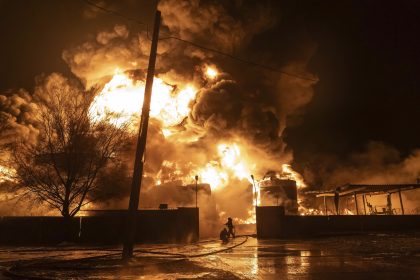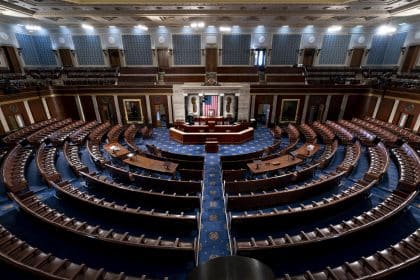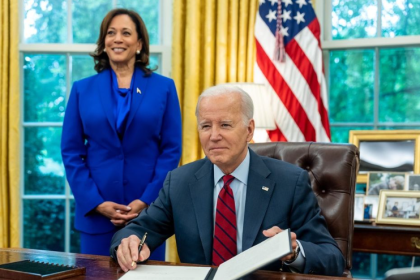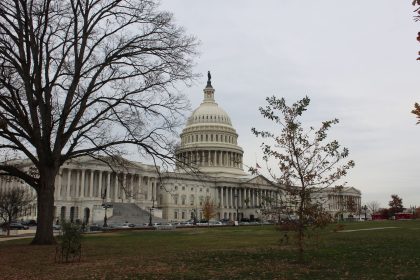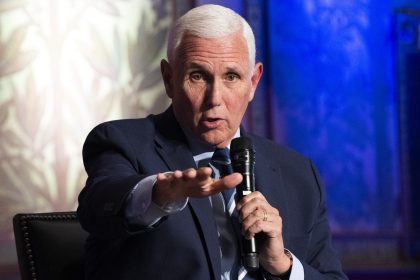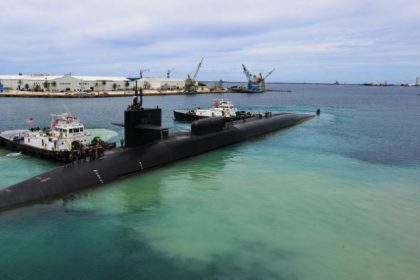$3B in DOD Budget to Address Climate Change
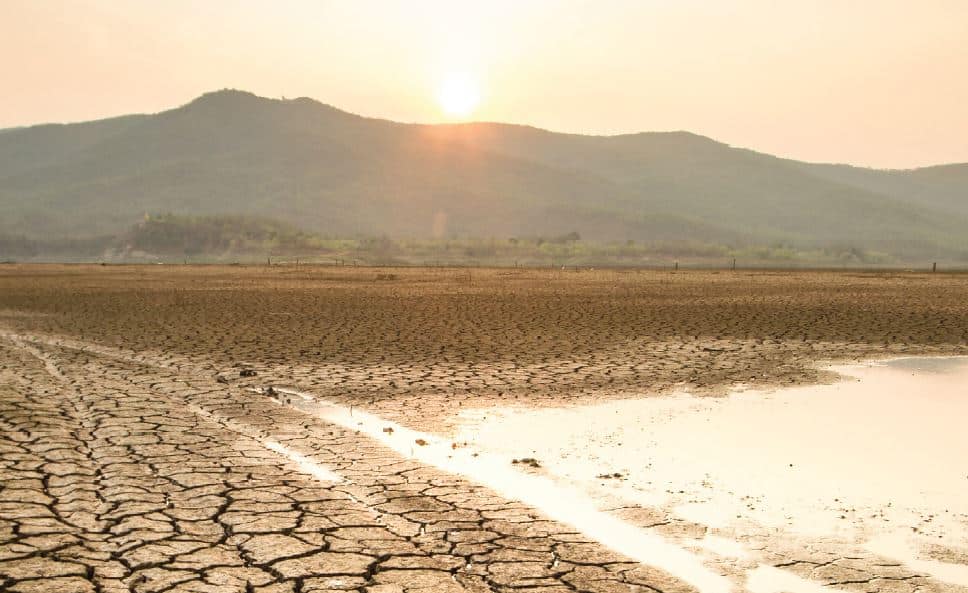
WASHINGTON — The Defense Department is requesting $3 billion in fiscal year 2023 “to address the effects of climate change, bolster … installation resiliency and adaptation to climate challenges,” and start to invest in what it believes is a more efficient airplane for the future.
At a Brookings discussion addressing climate change in defense strategy and the DOD budget, officials, including Joe Bryan, senior advisor for climate to the secretary of defense and chief sustainability officer, U.S. Department of Defense, told the audience the budget requests — mostly for military installation resiliency with some investments in science and technology — were actually all about national security strategic planning.
“Making our platforms and operations more efficient gives us combat capabilities,” Bryan said, adding the way DOD responds to the climate threat shapes the influence the U.S. has on climate policies worldwide, “enhancing capability and standing and competitiveness in the world.”
According to a budget document released by the Pentagon in March, much of the funding would be used to correct hurricane and flood damage at military installations or for resilience against future flooding and wildfires. Bryan said this is critical not only to be able to perform training, but to protect the critical functions and missions run out of them, including things like cyberattacks.
“Our installations are reliant on the commercial power grid; Public utilities sell us power,” Bryan said of the growing risk environment, adding that operations are further impacted by weather events.
“We don’t train when it gets too hot… [we] evacuate due to wildfires.”
And climate’s effect on mission readiness is perhaps most evident in the Arctic, which Bryan claimed is warming at three times the rate of the rest of the world — though researchers at NASA’s Goddard Space Flight Center claim it may be closer to four — “challenging our installations up there.”
Changes in the Arctic and temperature changes in the world’s oceans as well as other climate events poised to affect millions of people around the world could challenge the abilities of local governments to respond and may create mass movement. This is also creating new demands for American military forces in rescue, response, and national security.
“[Climate] shifts relationships and opportunities for those not aligned with our interests,” Bryan said. “We need to really think… and invest to reduce that risk.”
So in addition to base resiliency, the DOD is also taking climate change under consideration when buying equipment.
Since two-thirds of DOD’s energy use is in military operations, and two-thirds of that is in airplanes, Bryan pointed to winglets (vertical extensions of wingtips that improve an aircraft’s fuel efficiency and cruising range), microvanes (aerodynamic components designed to reshape airflow around cargo doors), and other small changes to existing wing frames to increase efficiency.
He said DOD was also considering a new airframe type — called the blended wing body — which is supposed to reduce drag and provide greater fuel efficiency.
For any who believe there is “competition between what’s good for the climate and what’s good for the military mission,” Bryan said, “I think fundamentally that’s wrong.”
“[This proposed budget could] improve our current assets … and think about what future capabilities we can invest in now that could really change the world.”
Kate can be reached at [email protected]

















